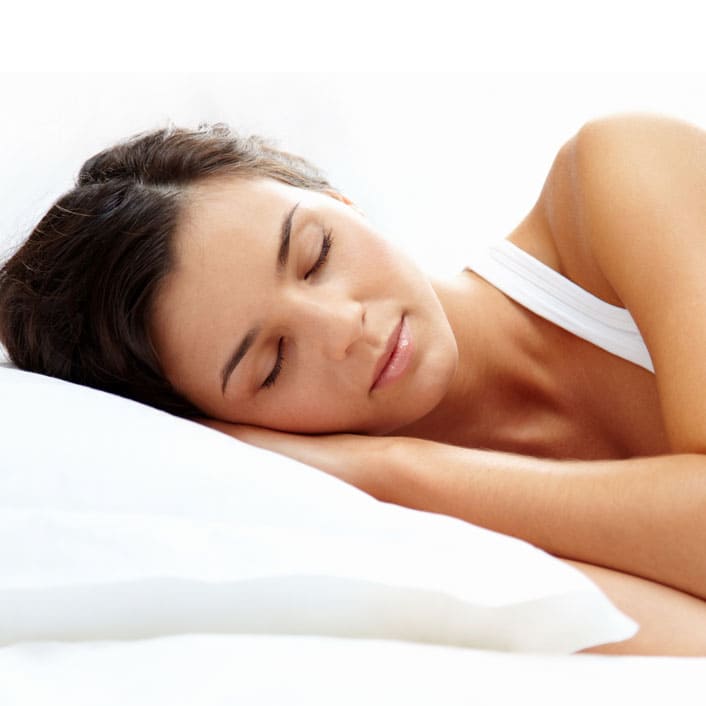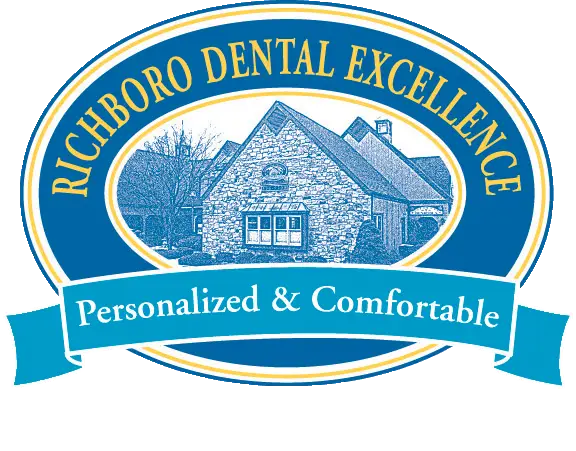
Sleep Apnea
Snoring can be much more serious than it seems!
More than just "so much noise" it may actually be a symptom of Obstructive Sleep Apnea (OSA). OSA happens when the tongue, jaw or even simply the weight of the neck causes the airway to be closed off. This results in the patient stopping breathing periodically through the night and can have severe impact on overall health over time. Both Snoring and Sleep Apnea are often successfully treated with custom dental appliances or CPAP, however, the involvement of a sleep specialist is required to ensure an accurate diagnosis if OSA is suspected.
Severe sleep apnea may also require the help of a sleep specialist. We will walk you through a thorough consultation process to help you decide on the very best option for your unique situation.
Potential health effects of untreated obstructive sleep apnea include:
- Drowsy Driving
- High Blood Pressure
- Increased Stroke Risk
- Weight Gain
People who are at a high risk for OSA may also have the following:
- Obesity BMO>35
- Type 2 diabetes
- History of stroke
- High blood pressure - more than 2 meds
- Pulmonary hypertension
Symptoms:
- Excessive daytime sleepiness
- Snoring
- Insomnia
- Nightmares
- Loud breathing during sleep
- Dry mouth or throat
- Headache
- Irritability
There are two types of sleep apnea. Central sleep apnea is caused by your brain sending incorrect signals to your muscles in your sleep—it usually requires the help of a sleep specialist. Obstructive sleep apnea is the most common form of sleep apnea, and it can often be successfully treated in a dentist's office.
Treatment
Oral appliance therapy is by far the most common and effective treatment for obstructive sleep apnea. There are more than 80 different sleep apnea oral devices on the market today. Similar in appearance to a double retainer, they are designed to either shift the lower jaw forward or retain the tongue to keep it from falling back into the throat. Oral appliances are typically worn at night and are custom fit to each patient.
Some severe forms of apnea require more invasive treatments, procedures and surgeries. Set up a consultation to determine how we can help you.
